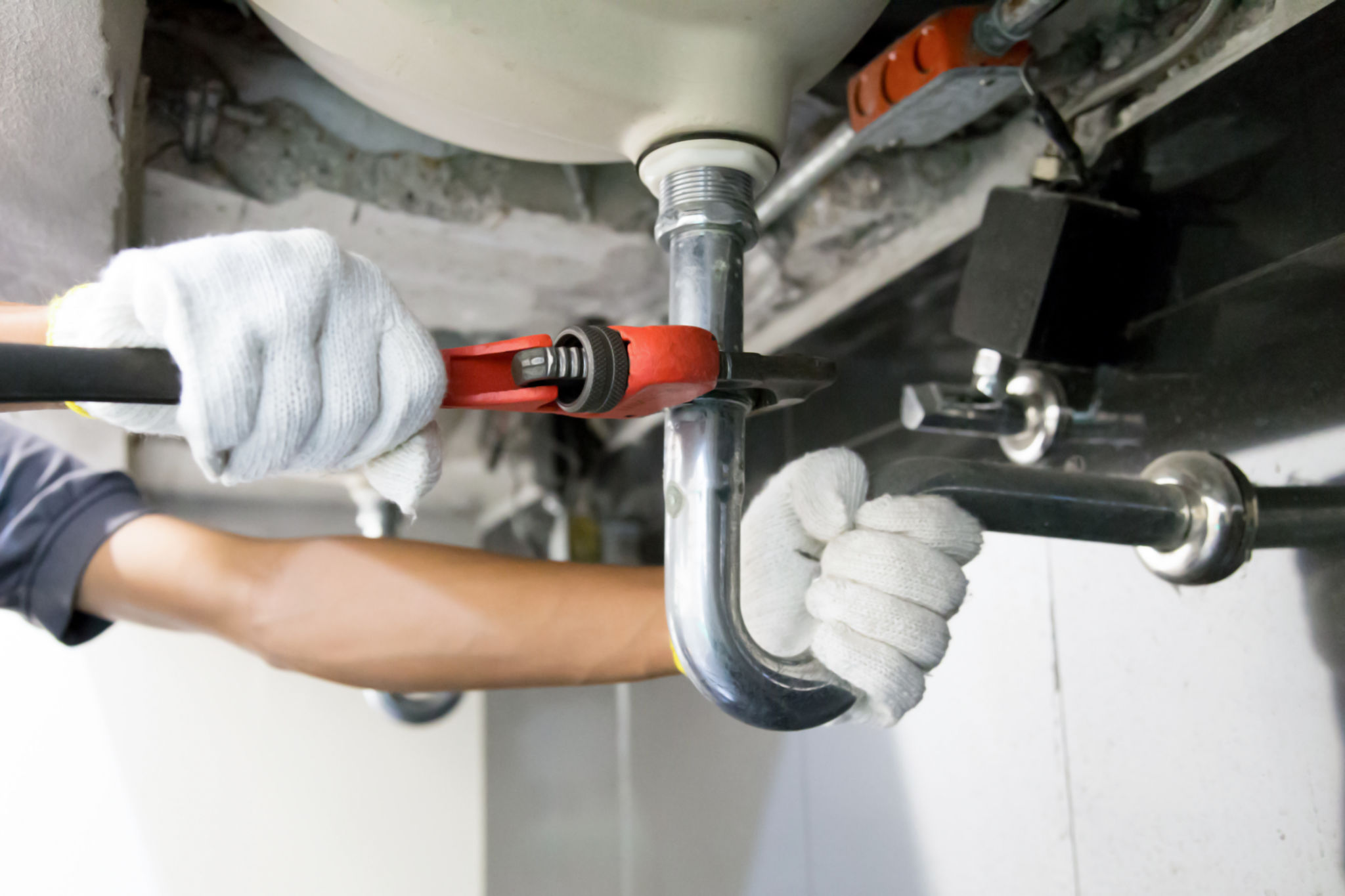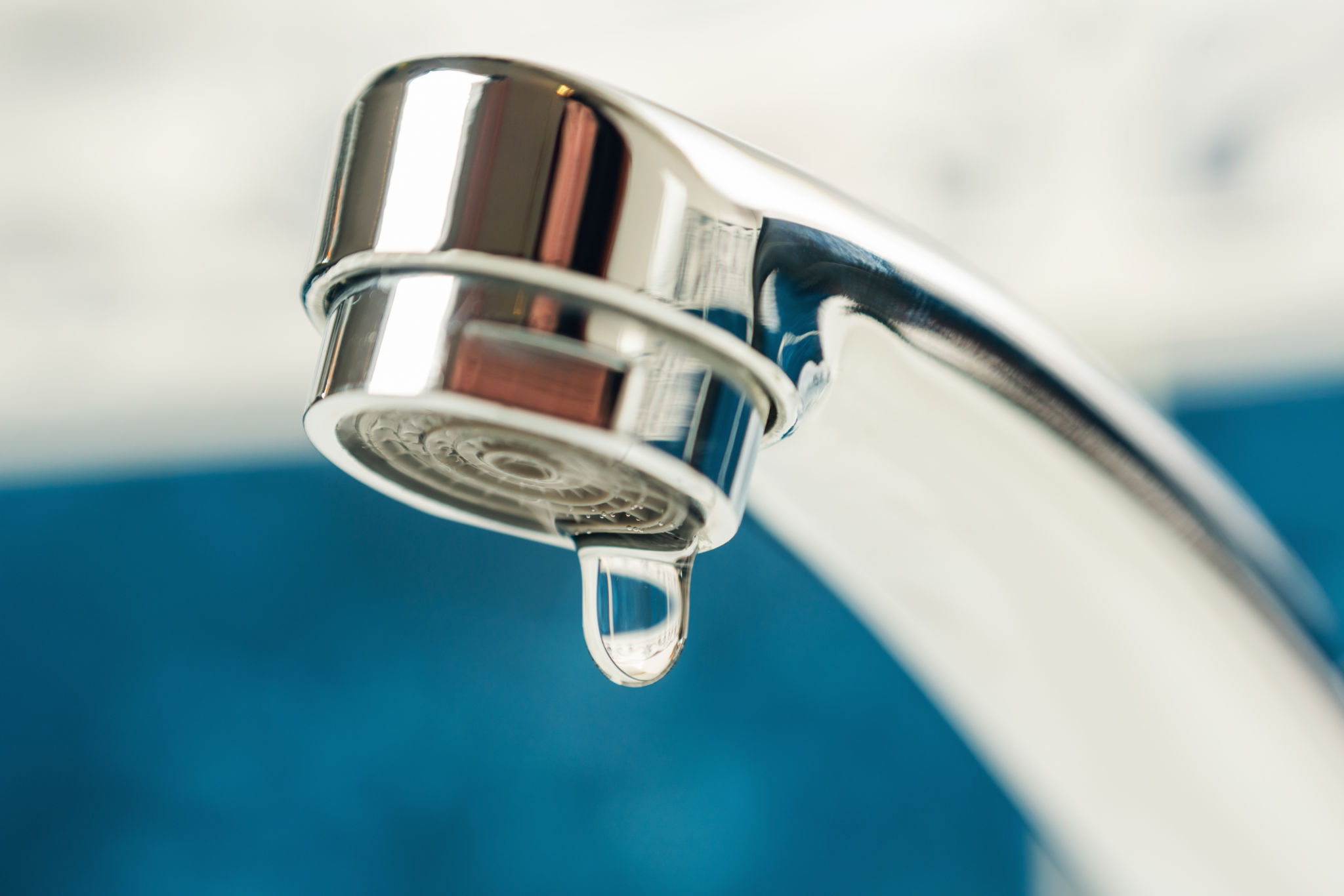DIY Plumbing Tips: What You Can Safely Do Before Calling a Professional
Understanding the Basics of DIY Plumbing
Plumbing issues can arise at any time, often when you least expect them. While some problems require the expertise of a professional plumber, there are several tasks that homeowners can safely tackle on their own. Understanding the basics of DIY plumbing can save you both time and money, as well as give you the confidence to handle minor issues.
Before you start any plumbing work, it's important to know the location of your main water shutoff valve. In case of an emergency, knowing how to quickly turn off the water supply can prevent further damage to your home. Additionally, having a basic plumbing toolkit on hand, including a plunger, pipe wrench, and plumber's tape, can make tackling small repairs much easier.

Unclogging Drains
One of the most common plumbing issues is a clogged drain. Whether it's in the bathroom or kitchen, a clogged drain can usually be fixed with a few simple steps. Start by using a plunger to create suction and dislodge the clog. If this doesn't work, a drain snake or a homemade solution of baking soda and vinegar might do the trick.
It's important to avoid using chemical drain cleaners as they can damage your pipes over time. Instead, these natural methods are not only safer but also environmentally friendly. Regular maintenance, such as flushing your drains with hot water once a week, can also help prevent clogs from forming.
Fixing Leaky Faucets
A leaky faucet is another common issue that many homeowners face. While it may seem like a minor inconvenience, a dripping faucet can waste a significant amount of water over time. The good news is that fixing a leaky faucet is often straightforward and can be done without professional help.
First, turn off the water supply to the faucet. Then, disassemble the faucet handle to access the inner components. Often, replacing a worn-out washer or O-ring is all it takes to stop the leak. By taking the time to fix leaks promptly, you not only conserve water but also reduce your utility bills.

Installing New Showerheads
Replacing an old showerhead with a new one is a simple DIY project that can enhance your shower experience and potentially save water. Modern showerheads often come with features designed to conserve water while providing better pressure.
To install a new showerhead, start by unscrewing the old one using an adjustable wrench. Clean the threads of the shower arm and apply plumber's tape before attaching the new showerhead. Make sure it's securely fastened to prevent leaks. This quick upgrade can make a noticeable difference in your daily routine.
When to Call a Professional
While many plumbing tasks can be handled by handy homeowners, some issues are best left to professionals. Complex problems such as major leaks, sewer line issues, or installing new plumbing systems require specialized knowledge and equipment.
If you're ever in doubt about your ability to fix a plumbing problem safely and effectively, it's wise to consult with a licensed plumber. They have the expertise to diagnose and resolve problems quickly, preventing potential damage to your home.

In summary, tackling minor plumbing issues on your own is a great way to save money and become more self-sufficient in maintaining your home. By understanding what tasks you can safely undertake and when to call in professional help, you'll be better prepared to handle any plumbing challenges that come your way.
